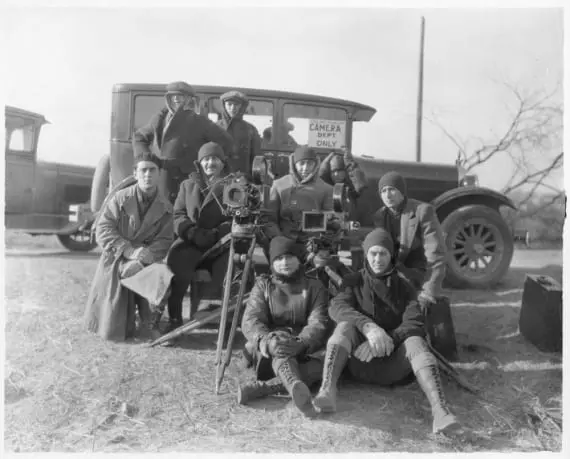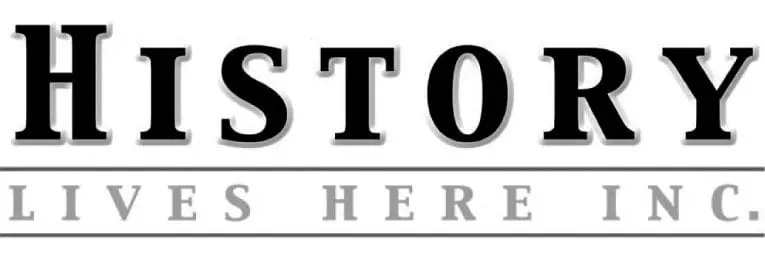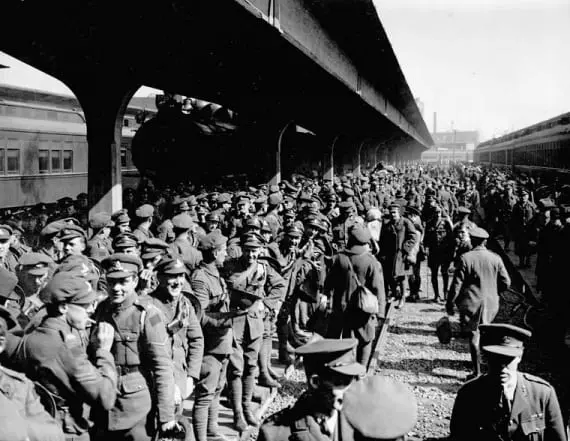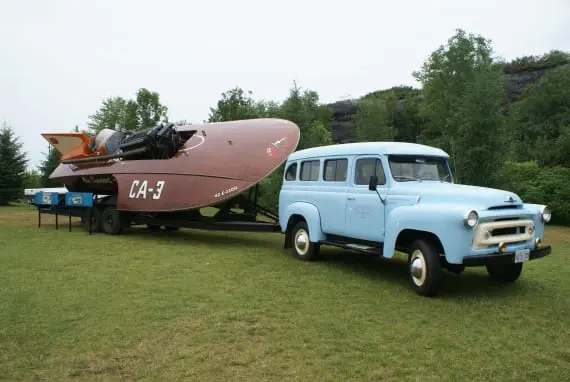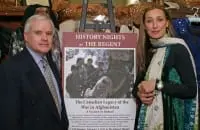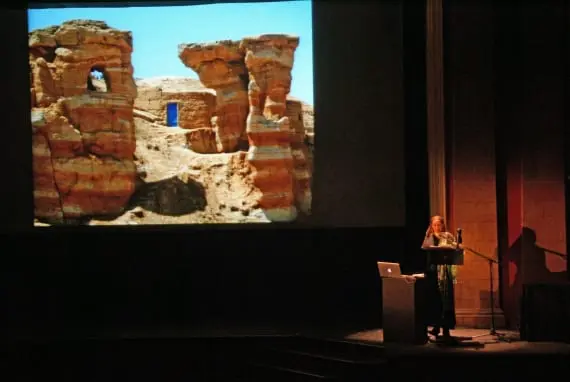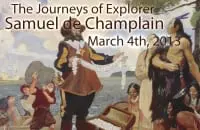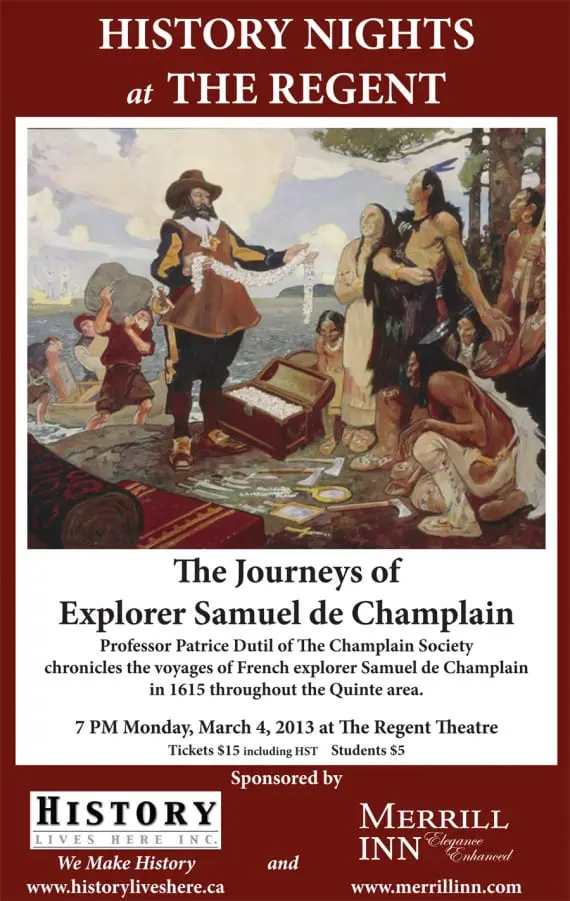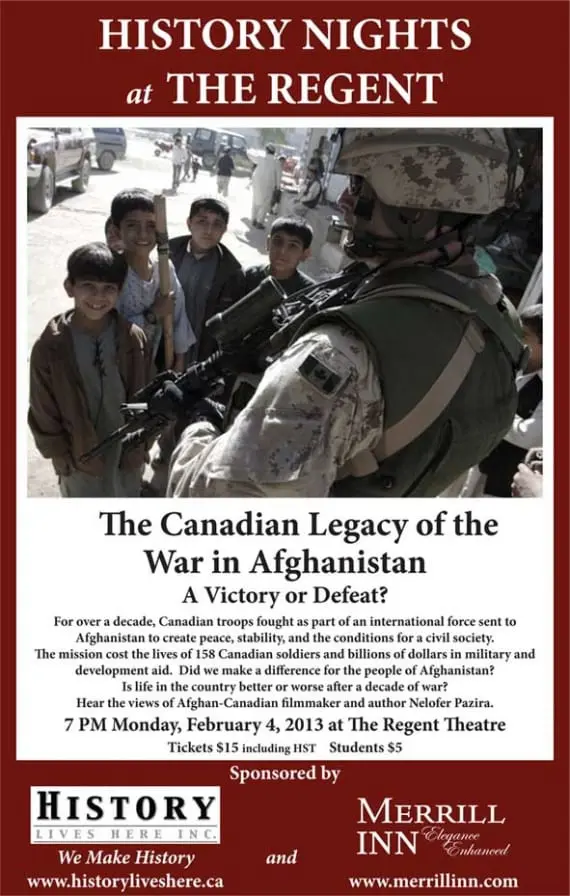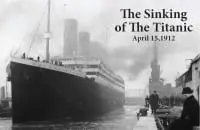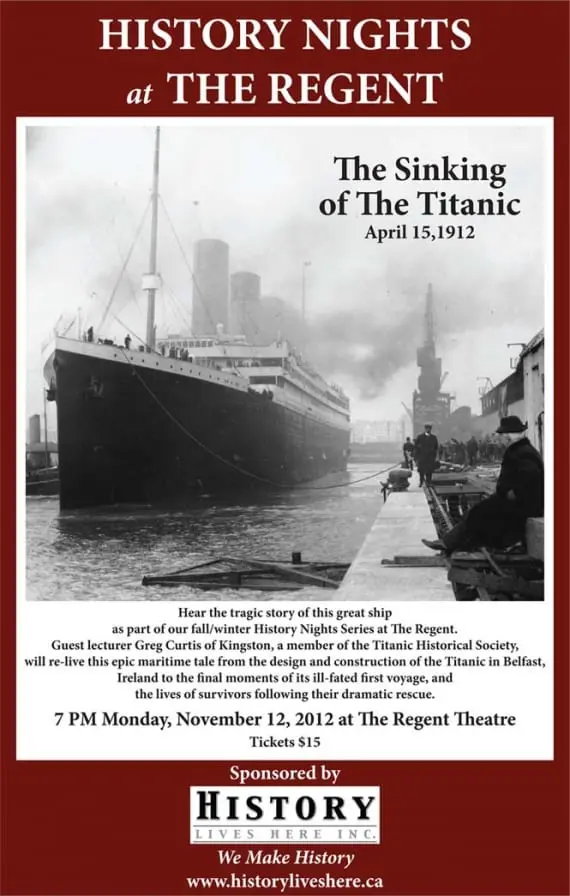We started our annual History Moments series in 2009, the 225th anniversary of Loyalist settlement in Prince Edward County.
The idea then was to work with local heritage organizations like the museums of Prince Edward County, The Glenwood Cemetery and The Regent Theatre in Picton to produce a special commemorative series to mark that special year. The series proved so popular we have continued to produce these short features on local history themes every year since. Our two-minute vignettes now play in local theatres before movies, on TVCogeco cable television, on Kickin’ County Internet radio in Prince Edward County, on CKWS TV in Kingston and are distributed widely into area schools, libraries, museums and archives as well as made available as DVDs retailed in area stores.
Our fifth series will launch Thursday, November 21, 2013 at 7 PM at The Empire Theatre in Belleville.
The 2013 series will showcase more stories drawn from the rich past of the Quinte region including features on Canada’s fifth Prime Minister Sir Mackenzie Bowell of Belleville, medical researcher Dr. James Collip of Belleville, who helped discover insulin, teacher Marilyn Adams, the founder of the world-class Marilyn Adams Genealogical Research Centre in Ameliasburg, early settler Asa Weller, and the movie industry that once made Trenton Canada’s “tinsel town.”
